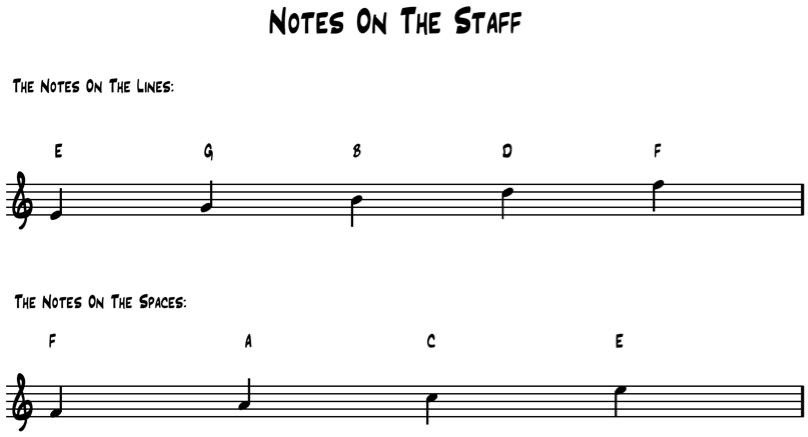music reading
My poor guitar instructor. I often think of him, and his three year struggle to get me to read music. All things considered I would like to think that I was a good student. I showed a lot of potential, and I knew what I wanted. Unfortunately reading music wasn't necessarily a part of the image I had in my head. I practiced constantly but devoted little time to some of the actual assignments I was given, especially reading. Now that I am a teacher, I know how much fun it can be to have a student with a clear vision of where they want to get to. I also know the frustration caused by watching the same individual neglecting some of his or her most fundamental skills.
From 1993-1994 I attended Musician's Institute in California, and finally had no choice but to get my reading together. In reading class we had to prepare pieces of classical music for trios, quartets, and sextets. If I was going to do well in school I had no choice but to buckle down and get the hang of reading. Once I got past the initial hurdles reading music became not only extremely rewarding (it develops your sense of harmony, melodic sense, ear, rhythm, and everything else), but it also became fun.
When you’re learning to read music you are learning to read a new language. As languages go it’s fairly simple, provided you take it one step at a time. If you do your homework and continue to work at it, you’ll eventually extract yourself from the masses of tab-flunkies who can’t communicate with non-guitar playing musicians. I know that tab is easy, since numbers are very easy to deal with. The trouble is that it doesn’t tell you a tenth of what is actually going on in the music. If you want to understand music completely, you need to learn to read it. To be a truly well-rounded musician it is imperative that you expose yourself to as much music as possible, including music that isn't tabbed out in the back of guitar magazines.
The staff is the five horizontal lines on which music is written. The first thing you see on the staff is the treble clef. A clef is used to designate the range (how low-how high) the music is written for. All the music you'll see written for the guitar will be written with this clef. Next you see two 4's, one on top of the other. This is called a time signature. The top 4 tells you there are four beats in each measure, while the bottom 4 tells you that a quarter note gets the beat. In other words, there are four quarter notes (or the equivalent) in each measure. A measure is the space between two bar lines, which are the thin vertical lines you see in the illustration below.
The Staff:

On the staff, you will see notes of varying appearance. Here’s what they look like:

As you can see above, the appearance of the note tells you how long it rings out relative to the tempo. The tempo of a piece of music is it’s pulse, and is indicated in beats per minute at the beginning of the tune; the higher the number the faster the tune. In relation to this, A whole note will be allowed to ring out for four beats. A half note will ring for two beats. A quarter note gets one beat, and an eighth note gets a half of a beat.
The pitches appear on the staff as follows:

As easy way to remember these is (E)very (G)ood (B)oy (D)eserves (F)udge on the lines, while the notes in the spaces spell the word F-A-C-E.
Our approach to putting this all together is to learn one string at a time, learning two or three notes on each string. We'll start with the first string, which is of course the E string. We'll be playing an E, an F, and a G note. The E is played by simply picking the first string open. The F is played by fretting the first fret of the first string with your first finger. The G is played by pressing the third fret with your third finger. The fingering is very important. Consistency is everything when you're learning something. Without consistency you wouldn’t know what mistakes you were making, because you couldn’t tell them apart!
Here’s a little exercise. I think you'll get the hang of it in no time. When you get it down, play it backwards. As always, I hope I've been very clear about what I want you to do. Good luck!

